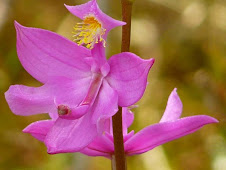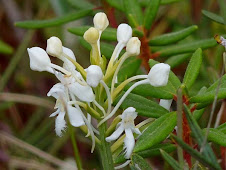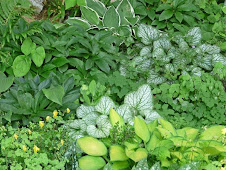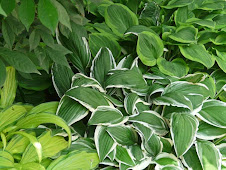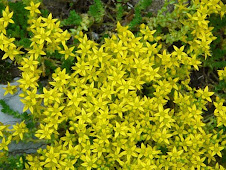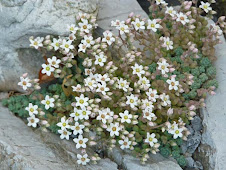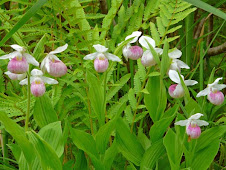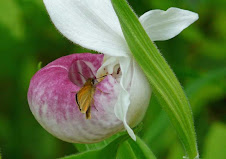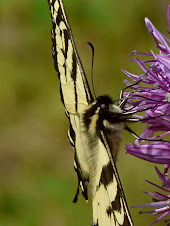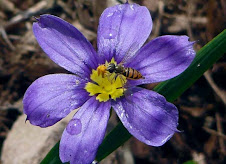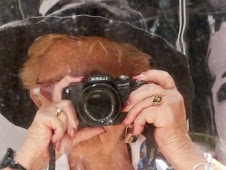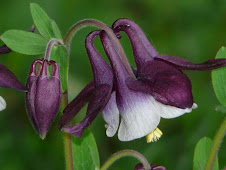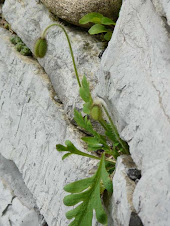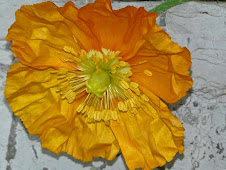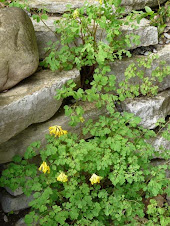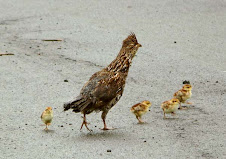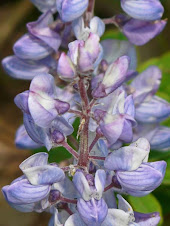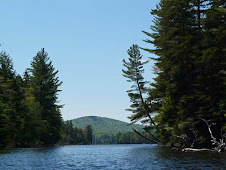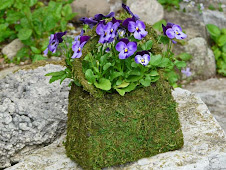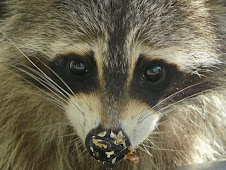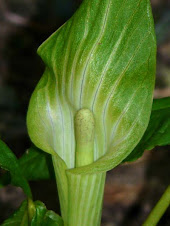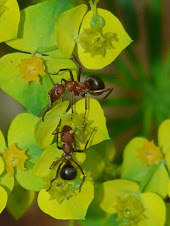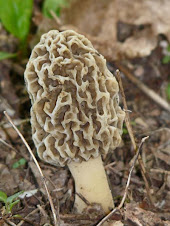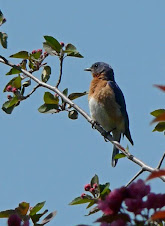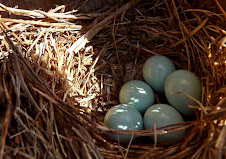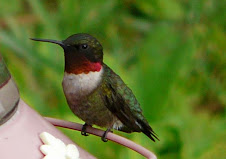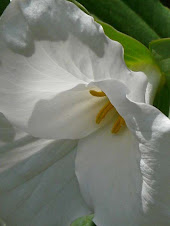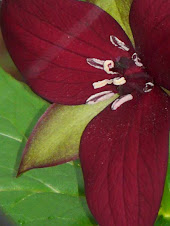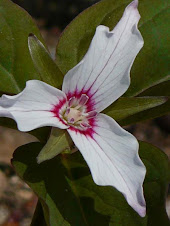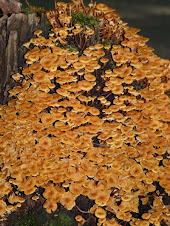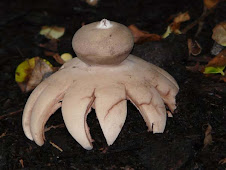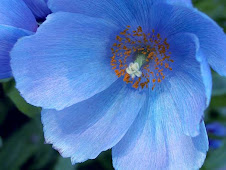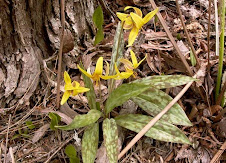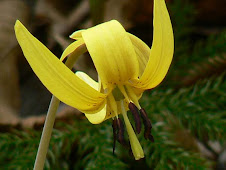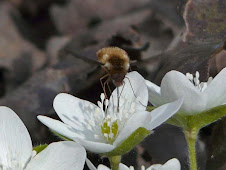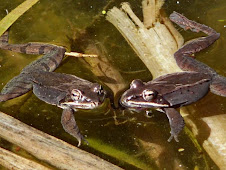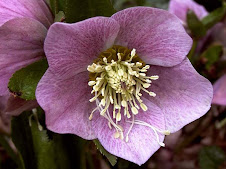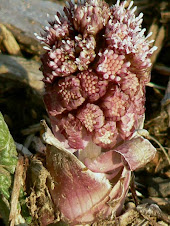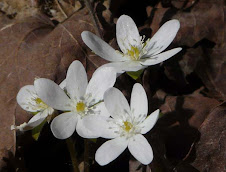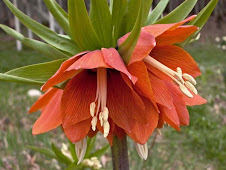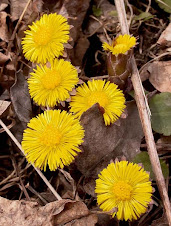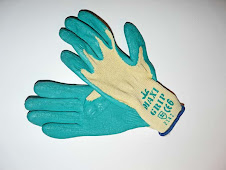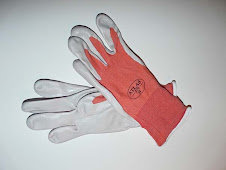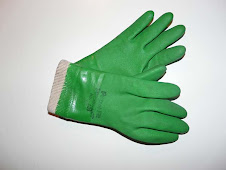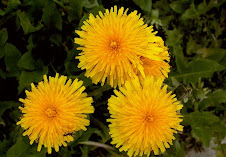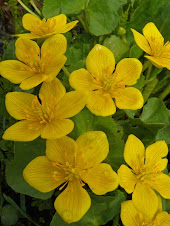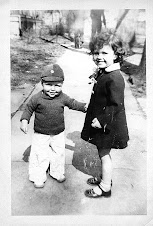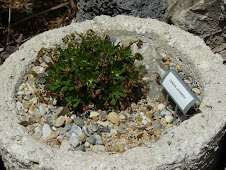...each day more gifts of Spring. I finally saw my favorite Spring bird today, the Turkey Vulture. There were several soaring high above the meadow, for me it is now officially Spring. If you find this a strange choice of bird favorites, check out my past blog and see why I have chosen this amazing bird. I usually refer to them as TV's in the sky.
Another gift today was crocuses blooming all over the side yard. I actually plant them in the lawn. They are finished blooming well before the lawn needs mowing, and they remind me of jewels or hidden treasures adorning the still lifeless grass.
I am sorry if I confused anyone with my suggested foliage plants in yesterday's blog. Hosta, Brunnera and Epimedium are three separate Genera. Brunnera pronouned brun er ruh is the plant that the deer don't eat. Several species are available including Brunnera macrophylla 'Looking Glass', Brunnera macrophylla 'Variegata', and (my favorite) Brunnera macrophylla 'Jack Frost'. A few years ago, before I started using Bonide - Repel's All, the deer had eaten all my Hostas and the only plant left uneaten was the Brunnera macrophylla 'Jack Frost'.
I am so grateful for each blessed gift of Spring.
Saturday, March 28, 2009
Friday, March 27, 2009
Foliage, Foliage, Foliage...
...when I was a young gardener, it was all about color. Color and Blossoms... reds poppies, blue iris, yellow daffodil, purple lupines, and orange anything. Green was pleasing, in any shade or tint, and it still is. But, all too soon that long awaited bloom is gone. As a more mature gardener, I look for plants that will give eye appeal throughout it growing time. Hostas, Brunnera, and Epimedium are among my favorite perennials today. I remember when you could count the number of Hosta species on two hands, but today there are more than 40,000. The magnificent Sum and Substance to miniature species, with a multitude of sizes in between. Species in a many leaf types and shapes from wavy, marginata, variegated, two-toned, and blue green, yellow green, etc. Use of a deer repellent is a must, in my area for these plants to survive the season.
Brunnera is a plant that the deer do not eat, and there are now many species. My favorite Brunnera is 'Jack Frost'. It's large leaves appear to be covered with frost, and it "forget-me-not" like flowers start out pink and turn blue. Epimediums also are available in many sizes, from the standard to alpine. It's tiny flowers (many color varieties) look like tiny daffodils. The leaves also are available in many hues.
Brunnera is a plant that the deer do not eat, and there are now many species. My favorite Brunnera is 'Jack Frost'. It's large leaves appear to be covered with frost, and it "forget-me-not" like flowers start out pink and turn blue. Epimediums also are available in many sizes, from the standard to alpine. It's tiny flowers (many color varieties) look like tiny daffodils. The leaves also are available in many hues.
Thursday, March 26, 2009
Pink Flamingos...
I love Pink Flamingos, no not the small plastic ones sometimes seen decorating lawns or gardens. But, real Pink Flamingos, the one that can be found in zoos, TV documentaries, or in Florida at the race track. I apologize if I offend any Pink Plastic Flamingos enthusiasts but, personally I find them somewhat tacky. I guess that is their job.
Therefore, my husband was somewhat astonished to hear me say that I had purchased and was coming home with a Pink Flamingo. While attending a Flower Show in Toronto, with my garden club,I spied a Pink Flamingo. Mind you not just any Pink Flamingo but, an eight feet tall Pink Flamingo. A Pink Flamingo with Panache. I bought it, and thankfully it came in two pieces or I wouldn't have been able to bring it home on the bus.
My house sits on a hill about 1/10th of a mile from the road, so if my Pink Flamingo was to be seen by the passing public, it needed to be at least eight feet tall. I placed "Pinky" in my grass garden and planned to leave it there for only a short period of time, and then donate it to a Pink Flamingo Fan. However, when I looked out my window the first day of Pinkys' decorating my garden, I knew it would have to remain, at least for the summer. Pinky became the perching site of nesting blue birds, when they were looking for food.
Therefore, my husband was somewhat astonished to hear me say that I had purchased and was coming home with a Pink Flamingo. While attending a Flower Show in Toronto, with my garden club,I spied a Pink Flamingo. Mind you not just any Pink Flamingo but, an eight feet tall Pink Flamingo. A Pink Flamingo with Panache. I bought it, and thankfully it came in two pieces or I wouldn't have been able to bring it home on the bus.
My house sits on a hill about 1/10th of a mile from the road, so if my Pink Flamingo was to be seen by the passing public, it needed to be at least eight feet tall. I placed "Pinky" in my grass garden and planned to leave it there for only a short period of time, and then donate it to a Pink Flamingo Fan. However, when I looked out my window the first day of Pinkys' decorating my garden, I knew it would have to remain, at least for the summer. Pinky became the perching site of nesting blue birds, when they were looking for food.
Wednesday, March 25, 2009
Cut the grasses today...
not the lawn but, the ornamental grasses. In order to eliminated my frustration with the deerlybeloved, those creatures that I formerly referred to as "rats with antlers", my newest garden is an ornamental grass garden. This garden fills every need I have for a beautiful garden... texture, line, shape, color, rhythm, proportion, symmetry... and the deer don't eat it. The ornamentals should be cut back in March, if possible. The snow has melted enough so I was able to trim them today, they will not begin growing again until late April or May. They offer a garden of loveliness Summer through Spring, constantly growing and changing.
The turkeys were in the yard this morning, the males are now displaying for their "harem". One Tom was displaying for seven females, while they continued to eat the cracked corn and black oil sunflower seeds, on the ground. Another Tom came into the yard with five hens, our yard is a busy place this time of year.
Benjamin Franklin wanted the Turkey to be named our National Bird, its displaying mode shows a very "patriotic" looking bird, with its red, white and blue head.
The turkeys were in the yard this morning, the males are now displaying for their "harem". One Tom was displaying for seven females, while they continued to eat the cracked corn and black oil sunflower seeds, on the ground. Another Tom came into the yard with five hens, our yard is a busy place this time of year.
Benjamin Franklin wanted the Turkey to be named our National Bird, its displaying mode shows a very "patriotic" looking bird, with its red, white and blue head.
Tuesday, March 24, 2009
Lots of Activitity...
The yard is so animated this time of year. The birds that have eaten at the feeder this past winter are still using them. In addition to tube feeders filled with black oil sunflower seeds, there are suet feeders, an unsalted peanut feeder, and a heated bird bath. Having a source of water, that doesn't freeze is a bonus for both the birds and small animals. The red, gray, and black squirrels use the bath during the day and flying squirrels and raccoons use it at night. When the chipmunks come out of hibernation they will use it as well. Robins, Red Wing Black Birds, Crows, Ravens and Turkeys are in the yard too. More tomorrow about the Turkeys.
Monday, March 23, 2009
As the temperatures rise...
Critters that have been hibernating begin to awaken. Nightly visitors return to areas where food is still plentiful, ie. bird feeders. For the past two weeks I have taken the feeders, suet and other food sources down from their hangers. I try to discourage the raccoons and other nocturnal visitors. Even though a number of seeds are still available on the ground, at least I can remove the majority of food. The main reason for removing the food is to also discourage bears. I thought I could just remove the feeders but, leave the clean metal trash cans, that I use to store the black oil sunflower seeds. I even tied the top to the can shut with plastic coated wire. That was a joke, in the morning I found the cover, wire and the can in the yard. The bear had simply pulled the handle off the can, off came the top and the wire. Thirty pounds of seed were gone. Some of the seed fell between the steps of the back stoop. The next night, even though the cans were now secure in the garage, the bear returned. He tore up the lattice work near the steps, to get the rest of the seed he had missed the night before. The bear also left several large piles of scat, just to let me know, who had been visiting.
Sunday, March 22, 2009
Maybe not quite...
Perhaps it was just wishful thinking, the thought that Spring is here, in the North Country. We awoke to find temperatures hovering around 20 degree Fahrenheit and a new dusting of snow. But, at least the sun is shining and the sky is azure.
About ten Robins are hopping, looking and hopping around the lawn and in the gardens. In addition to the Robins, I saw a couple of Killdeer yesterday too. The Red Winged Black Birds can be heard at the edge of the wetlands. The males arrive first and seek out their "territory", the females will arrive a few weeks later.
Hawks are seen in pairs this time of year. Normally solitary birds, except for mating time, Red Tail Hawks can now be seen together. The larger of the two birds will be the female. After mating, nesting and tending to the young , they go their separate ways. The Red Tail Hawks are the ones most commonly seen soaring or perched over open areas. They sit on branches or signs along the Thruway.
About ten Robins are hopping, looking and hopping around the lawn and in the gardens. In addition to the Robins, I saw a couple of Killdeer yesterday too. The Red Winged Black Birds can be heard at the edge of the wetlands. The males arrive first and seek out their "territory", the females will arrive a few weeks later.
Hawks are seen in pairs this time of year. Normally solitary birds, except for mating time, Red Tail Hawks can now be seen together. The larger of the two birds will be the female. After mating, nesting and tending to the young , they go their separate ways. The Red Tail Hawks are the ones most commonly seen soaring or perched over open areas. They sit on branches or signs along the Thruway.
Subscribe to:
Comments (Atom)
The Deerly Beloved

Garden Flowers-Yum!!!
